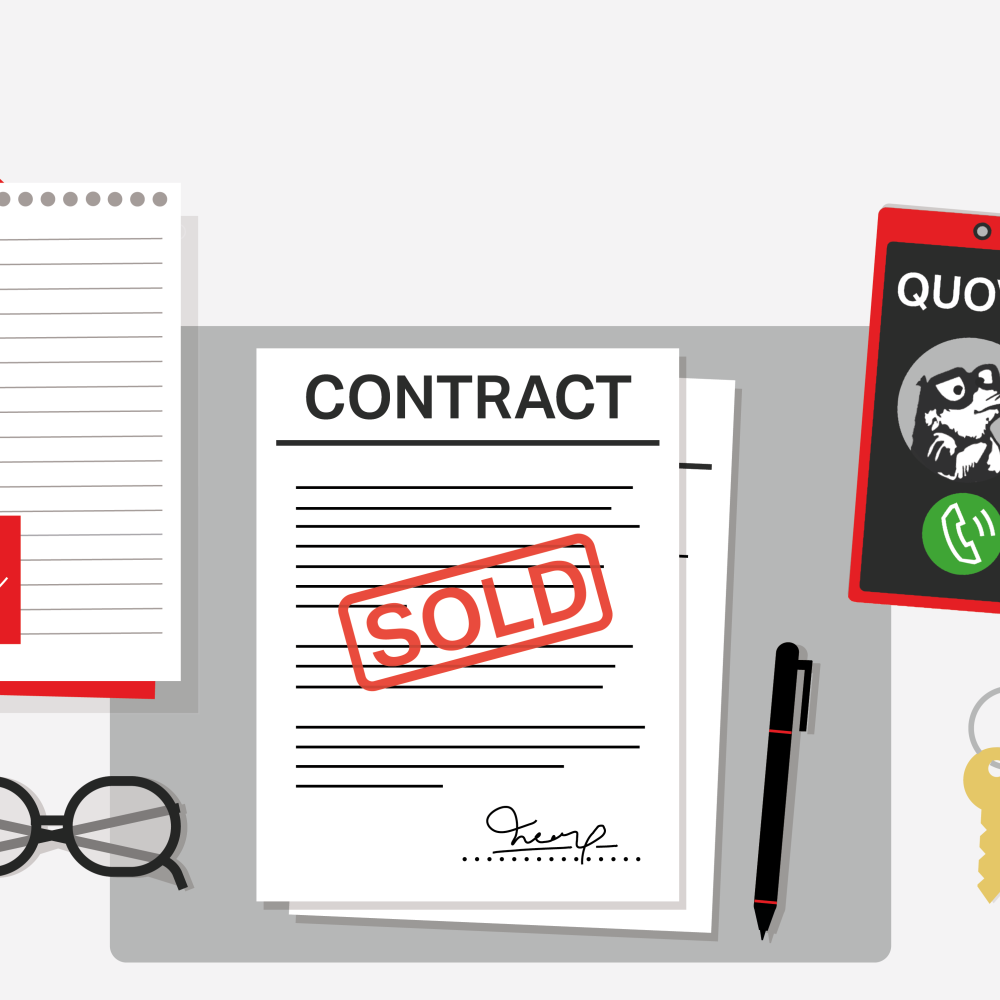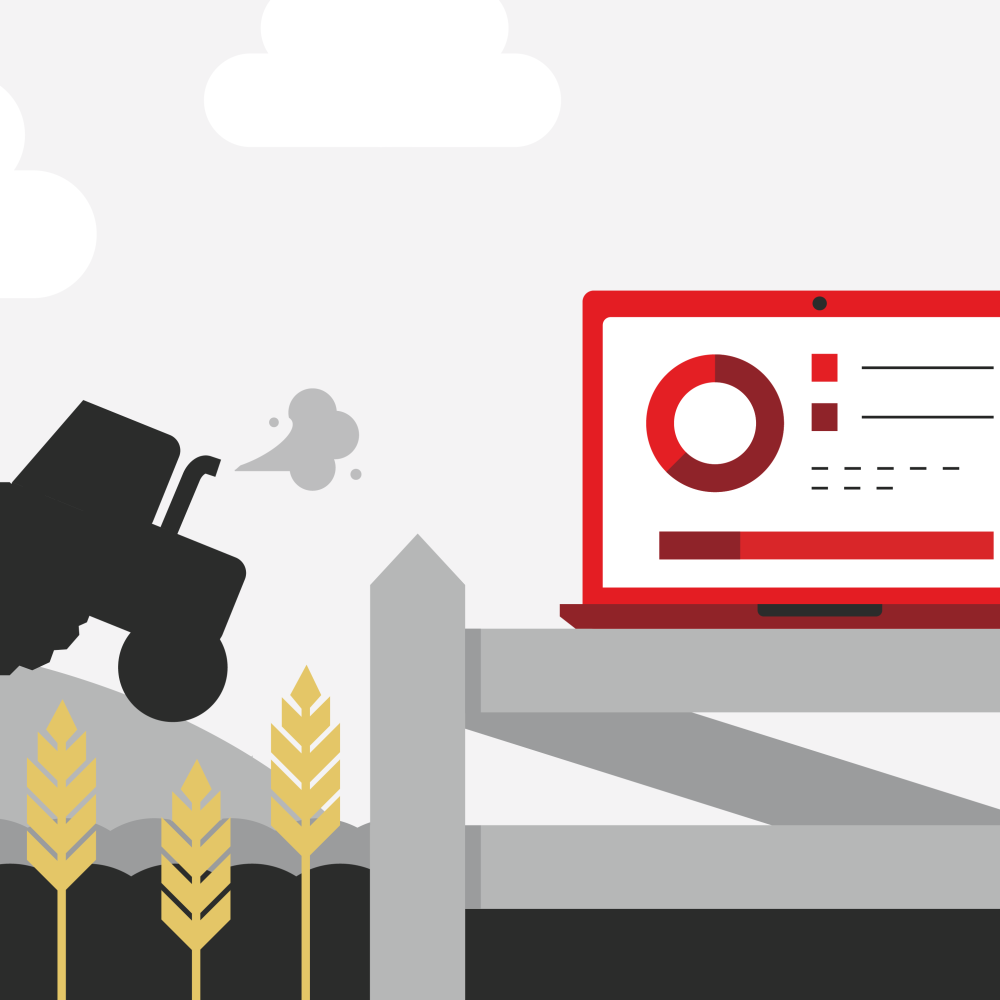Dividends: Sharing Profits with Investors
18 February 2025 Reading time: 5 minutes

Dividends: they sound great, don’t they? You work hard, and at the end of the year, the company rewards you with a slice of profit, paid out in cash or shares. It’s like a little thank-you note in the form of cold, hard cash (or a shiny new stock certificate). But as anyone who’s ever dabbled in the world of business knows, handling dividends isn’t always as straightforward as it seems. So, what exactly are dividends, and how do you account for them without pulling your hair out? Grab a cup of coffee (or a glass of wine, depending on the time of day) and let’s dive in.
What Are Dividends, Anyway?
Dividends are the company’s way of sharing the love (and the profits). When a business makes a profit, it has two main options: reinvest it back into the business or distribute a portion of it to shareholders as dividends. If you own shares in a company, you’re entitled to a dividend if the board decides to pay one. Simple enough, right?
The amount you receive depends on how many shares you hold and the company’s dividend policy. So, if the company has had a good year and the board of directors gives the green light, shareholders get to enjoy the spoils.
However, what sounds like a great reward can actually come with some tricky accounting and tax implications. And if you’re the one responsible for handling the books, you might just be asking yourself: how does all this fit into the bigger picture of financial statements?
How Dividends Are Accounted For
Now, let’s get down to the nuts and bolts. Dividends might seem like a simple transaction, but there are a few key points to consider when it comes to accounting for them.
1. Declaring Dividends
When a company’s board decides to pay dividends, they’ll declare the amount and set a payment date. But here’s where it gets interesting for accountants: dividends aren’t considered an expense for the company. That’s right. They don’t reduce profit on the income statement. Instead, they’re a distribution of profit, which is reflected on the balance sheet.
In accounting terms, dividends are recorded as a liability when declared, because the company now owes money to its shareholders. That liability is removed when the dividends are actually paid out. If your company is looking to declare a dividend, this is the part where your accountant steps in to ensure everything is recorded properly.
2. Recording the Dividend Payment
Once the dividend is paid, the company’s cash balance decreases, and the liability account for dividends also decreases. It’s like paying off a debt—but one that’s coming from the company’s profit. This isn’t exactly like paying for office supplies or rent; it’s more like saying, "Here’s your share of the success, now let’s mark it off our balance sheet."
The Tax Side of Dividends: Here’s Where It Gets Fun (Not Really)
Ah, taxes. The necessary evil of any dividend transaction. Whether you're the shareholder receiving the dividend or the business paying it, taxes are going to rear their ugly head.
For Shareholders:
When you receive dividends, they’re not tax-free (sorry to burst that bubble). In the UK, for example, dividends are taxed at different rates depending on how much income you receive from them. There’s a tax-free dividend allowance, which gives you a bit of breathing room, but once you exceed that, things get a bit more complicated.
- Basic-rate taxpayers pay 8.75%
- Higher-rate taxpayers pay 33.75%
- Additional-rate taxpayers pay 39.35%
Don’t worry, though—your accountant can help you navigate these waters. They’ll make sure the dividend income is properly recorded in your tax return and help you figure out the most tax-efficient way to take your earnings. Because let’s face it, nobody wants to pay more tax than they absolutely have to.
For Companies Paying Dividends:
The company itself doesn’t pay tax on dividends. That means the dividend payments aren’t counted as a tax-deductible expense (a perk, right?). But, before dividends are paid, the company must first cover all its tax liabilities (like corporation tax). Only once that’s squared away can dividends be distributed.
Here’s where the accountant plays a big role: making sure the company has the right amount of retained earnings to cover the dividend payout. It’s not a free-for-all! The company can’t just pay dividends if it doesn’t have enough in the kitty to cover it. Your accountant will ensure that the company remains in good financial health while paying out dividends to shareholders.
The Accountant’s Role in Dividends: Keeping It All Together
When it comes to dividends, your accountant is your best friend—seriously. Here’s how they help you through the process:
1. Planning the Payout
Your accountant will help you decide how much to pay out in dividends. While it’s tempting to take a large chunk of profit and pay it out to shareholders, your accountant will ensure that you don’t overdo it. Too much of a good thing can leave the company struggling to cover its expenses or future growth needs.
2. Tracking Earnings and Liabilities
The accountant’s job doesn’t stop at declaring the dividends; they need to track the retained earnings to ensure there’s enough profit to cover the payouts. They’ll also track the liability account when the dividend is declared and remove it once it’s paid.
3. Managing the Tax Implications
As mentioned earlier, dividends come with their own set of tax rules. Your accountant will help shareholders understand how to report their dividends and what tax rates apply to their situation. If you’re a business owner, they’ll help you understand the timing and process for declaring dividends in the most tax-efficient manner.
Dividends and Your Business: What’s the Takeaway?
At the end of the day, dividends are a great way for businesses to reward shareholders, but they come with a bit of complexity. It’s not just about handing out money and calling it a day. There’s accounting to be done, taxes to navigate, and proper planning to ensure that everything is handled as efficiently as possible.
Your accountant is there to help guide you through this process, making sure the dividend declaration is recorded correctly, that the tax implications are properly managed, and that the company’s long-term financial health isn’t jeopardized. So, next time you’re pondering a dividend payout, remember: it’s not just about sending money out the door. With the right accounting advice, you can make it a win-win for everyone involved.




